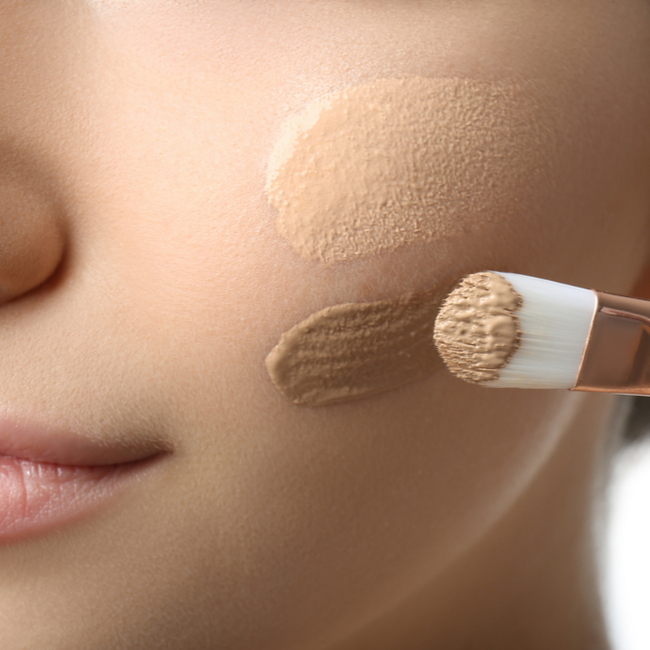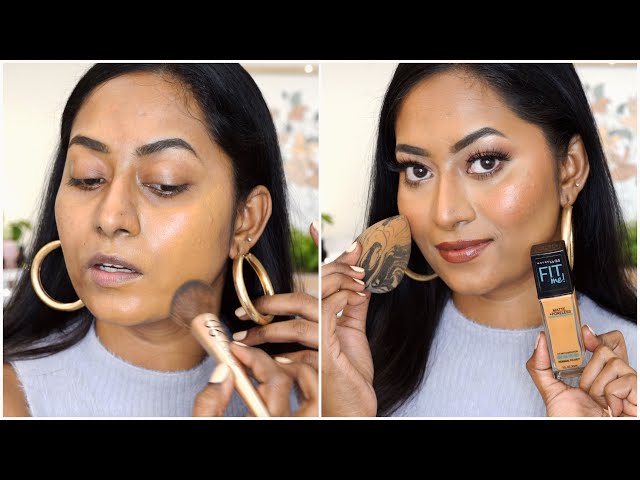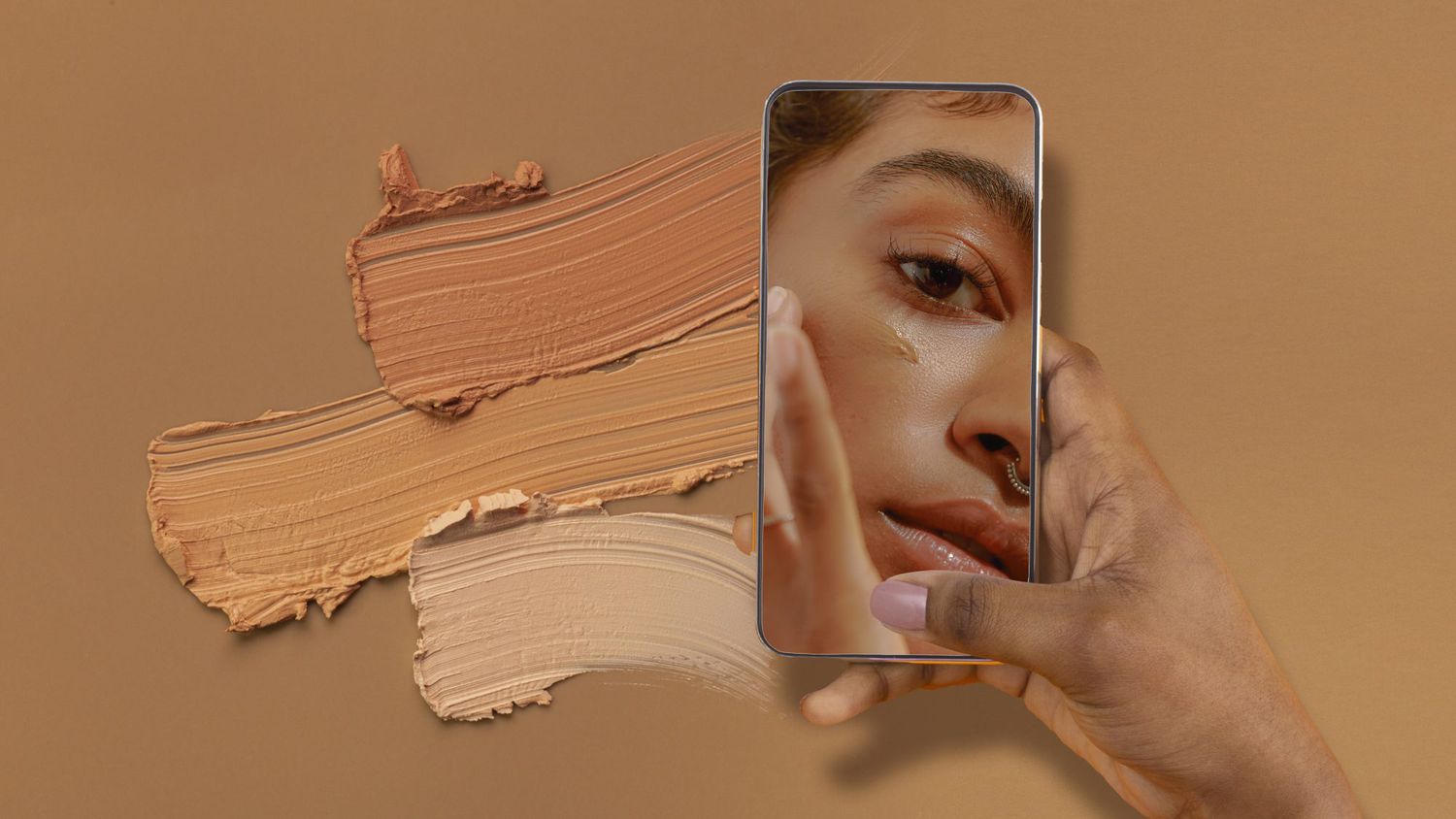Finding the perfect foundation match can be challenging, but it’s essential for achieving a natural, flawless complexion. With so many shades and formulas available, it can be overwhelming to know where to start. In this article, we’ll take you through a step-by-step guide on how to match foundation to skin tone, from understanding your skin tone and undertones to testing and applying foundation.
Whether a makeup beginner or a seasoned pro, this guide will help you find your perfect match and achieve a confident, beautiful complexion.
Matching Foundation to Skin Tone: A Guide to Finding Your Perfect Match

Finding the perfect foundation match can be challenging, but it’s essential for achieving a natural, flawless complexion. In this article, we’ll explore how to match foundation to skin tone, from understanding your skin tone to testing and applying foundation. With the proper techniques and products, you can find a foundation that complements your skin and makes you feel confident and beautiful.
Understanding your skin tone is the first step in finding your perfect foundation match. Skin tone is determined by the amount of melanin in your skin, ranging from very fair to dark. There are generally six skin tone categories: fair, light, medium, tan, dark, and deep. Understanding your skin tone will help you narrow your foundation options and find a match that complements your skin.
By understanding your skin tone, you can search for foundation shades that complement your skin. Look for shades that have a similar undertone to your skin, whether it’s pink, yellow, or neutral. This will help you find a foundation that blends seamlessly into your skin and doesn’t look too pink or yellow.
Understanding Your Undertones
In addition to understanding your skin tone, it’s also essential to identify your undertones. Undertones are the underlying colors in your skin, which can be pink, yellow, or neutral. Pink undertones give your skin a cool, rosy glow, while yellow undertones give your skin a warm, golden light. Neutral undertones are a combination of both pink and yellow. Identifying your undertones will help you find a foundation that complements your skin and doesn’t look too pink or yellow.
If you have pink undertones, look for foundation shades with a pink or blue undertone. If you have yellow undertones, look for foundation shades with a yellow or golden undertone. You can try foundation shades with a pink or yellow undertone if you have neutral undertones. Always test foundation shades in natural light to get an accurate color match.
Identifying your undertones can be challenging, but it’s essential for finding a foundation that complements your skin. If you’re unsure of your undertones, test different foundation shades and see which looks most natural. You can also ask for help from a makeup artist or skincare professional.
Testing Foundation Shades

Once you’ve identified your skin tone and undertones, it’s time to start testing foundation shades. Start by applying a small foundation to your jawline and blending it in. Wait a few minutes to see how the color develops, and then evaluate the color. If it looks too light or too dark, try a different shade. If it seems like it’s disappearing into your skin, you’ve found your perfect match.
When testing foundation shades, remember to always test in natural light. This will give you an accurate color match and help you find a foundation that complements your skin. Also, test foundation shades on your jawline, as this is where the foundation will be most visible.
Remember, finding the perfect foundation match takes time and patience. Don’t be afraid to try different shades and ask for help from a makeup artist or skincare professional. With the proper techniques and products, you can find a foundation that complements your skin and makes you feel confident and beautiful.
Applying Foundation for a Natural Finish

Once you’ve found your perfect foundation match, applying it correctly to achieve a natural finish is essential. Start by using a small amount of foundation on your face and blending it with a makeup brush or beauty blender. Make sure to blend, blend, blend, especially around the edges. This will help create a seamless finish and prevent harsh lines or boundaries.
Remember to start in the center of your face when applying foundation and work your way outwards. This will help you achieve a natural, even finish. Also, blend your foundation into your hairline and jawline, as these areas can be prone to harsh lines and boundaries.
By applying foundation correctly, you can achieve a natural, flawless complexion that makes you feel confident and beautiful. Remember to always blend, blend, and don’t be afraid to ask for help from a makeup artist or skincare professional. With the proper techniques and products, you can find a foundation that complements your skin and makes you feel like the best version of yourself. Read more How to Cover Raw Skin with Makeup: A Step-by-Step Guide in 2024
Choosing the Right Foundation Formula
Choosing the right foundation formula is essential for a natural, flawless complexion. There are generally three foundation formulas: liquid, cream, and powder. A liquid foundation is great for achieving a natural, dewy finish, while a cream foundation is excellent for dry or mature skin. Powder foundation is great for oily skin or for setting your makeup.
When choosing a foundation formula, consider your skin type and tone. If you have dry or sensitive skin, look for a cream or liquid foundation labeled “moisturizing” or “hypoallergenic.” If you have oily skin, look for a powder or liquid foundation labeled “oil-controlling” or “matte.” If you have combination skin, look for a foundation labeled “balancing” or “normalizing.”
Tips and Tricks for Finding Your Perfect Match
Here are some tips and tricks for finding your perfect foundation match:
- Always test foundation shades in natural light for an accurate color match.
- Don’t be afraid to mix and match different foundation shades to create your perfect match.
- Consider getting a color match at a makeup counter or professional makeup artist.
- Don’t forget to blend, blend, blend when applying foundation to achieve a seamless finish.
FAQ’s
How do I determine my skin tone?
You can determine your skin tone by looking at your wrist veins in natural light. If they appear blue or purple, you have a calm skin tone. If they appear green, you have a neutral skin tone. If they appear yellow or golden, you have a warm skin tone.
What is the difference between skin tone and undertones?
Skin tone refers to the overall color of your skin, while undertones refer to the underlying colors in your skin. For example, you may have a medium skin tone with pink or dark skin tone with yellow undertones.
How do I find my perfect foundation match?
Conclusion
Matching foundation to skin tone can be challenging, but it’s essential for achieving a natural, flawless complexion. By understanding your skin tone and undertones, testing foundation shades, and choosing the right foundation formula, you can find your perfect match and enjoy a confident, beautiful complexion. Remember to always blend, blend, and don’t be afraid to seek professional advice if you need help finding your perfect match.

